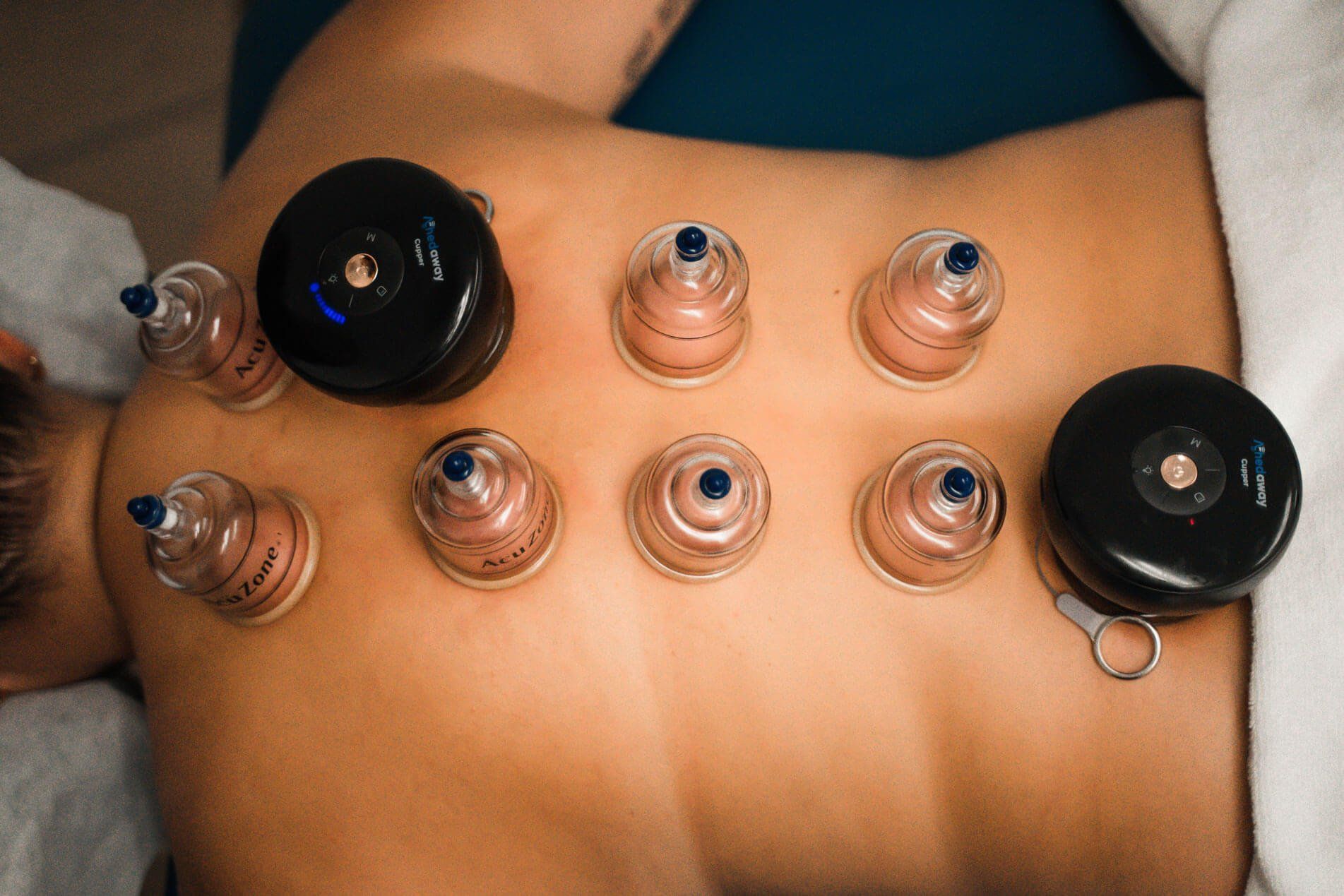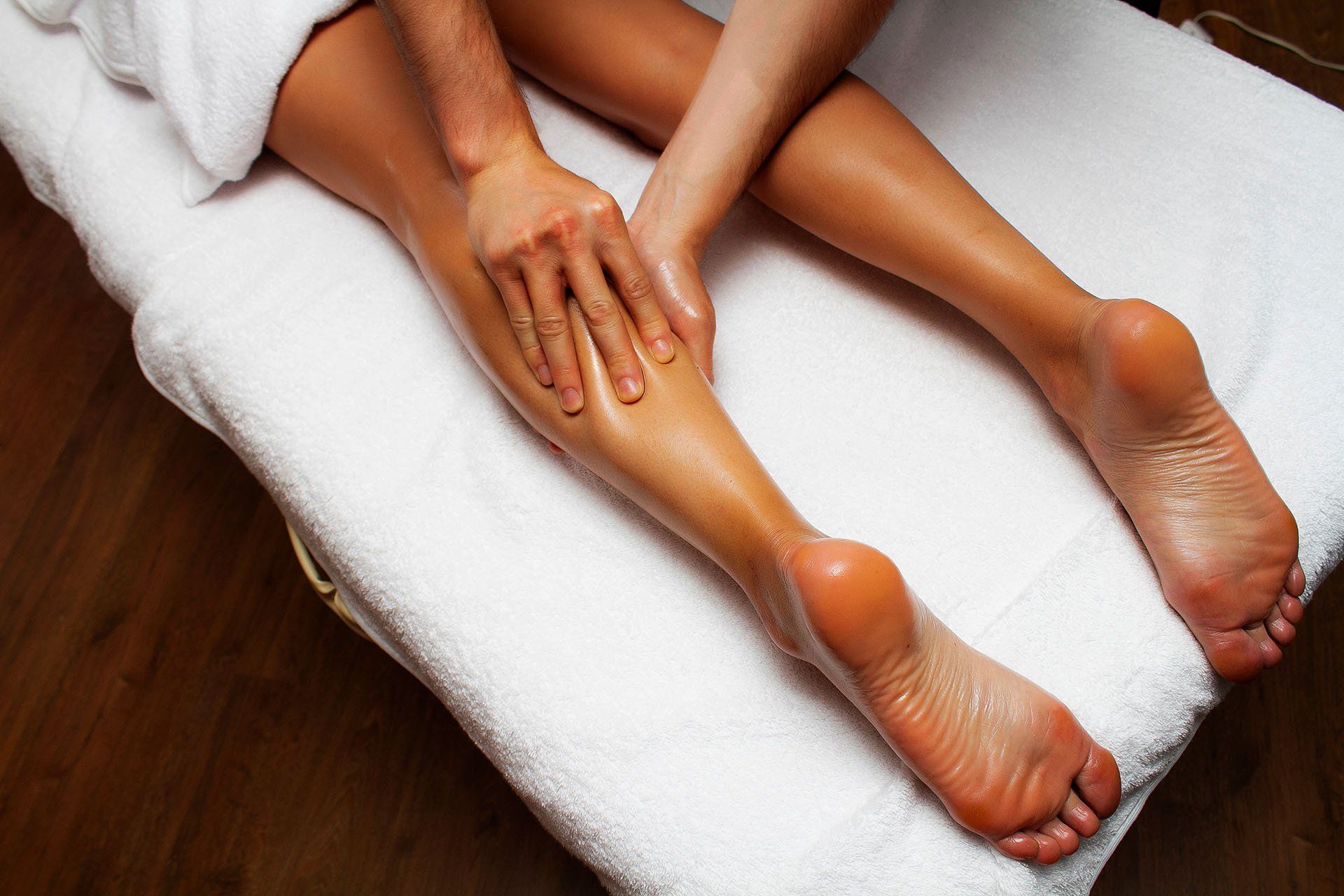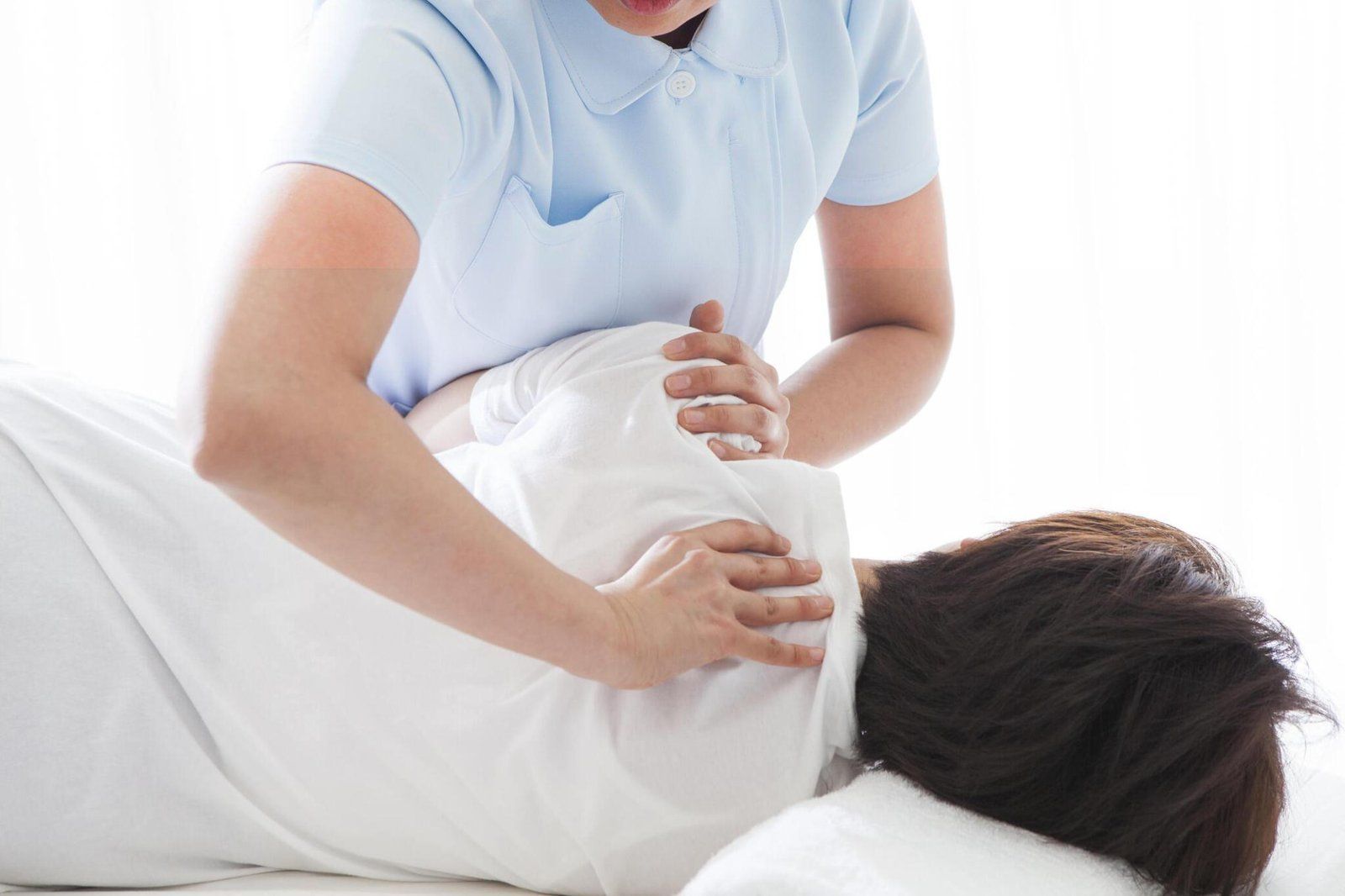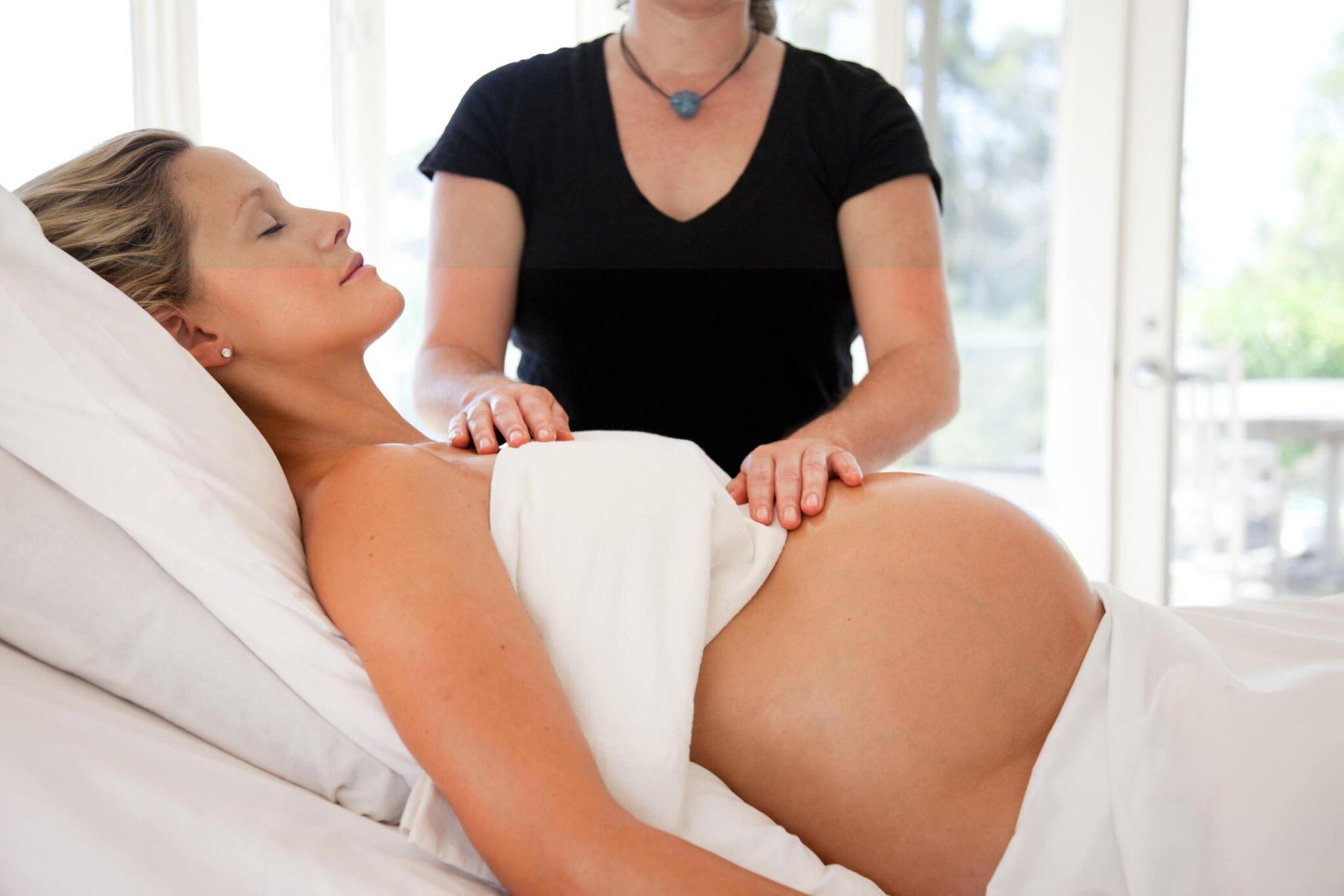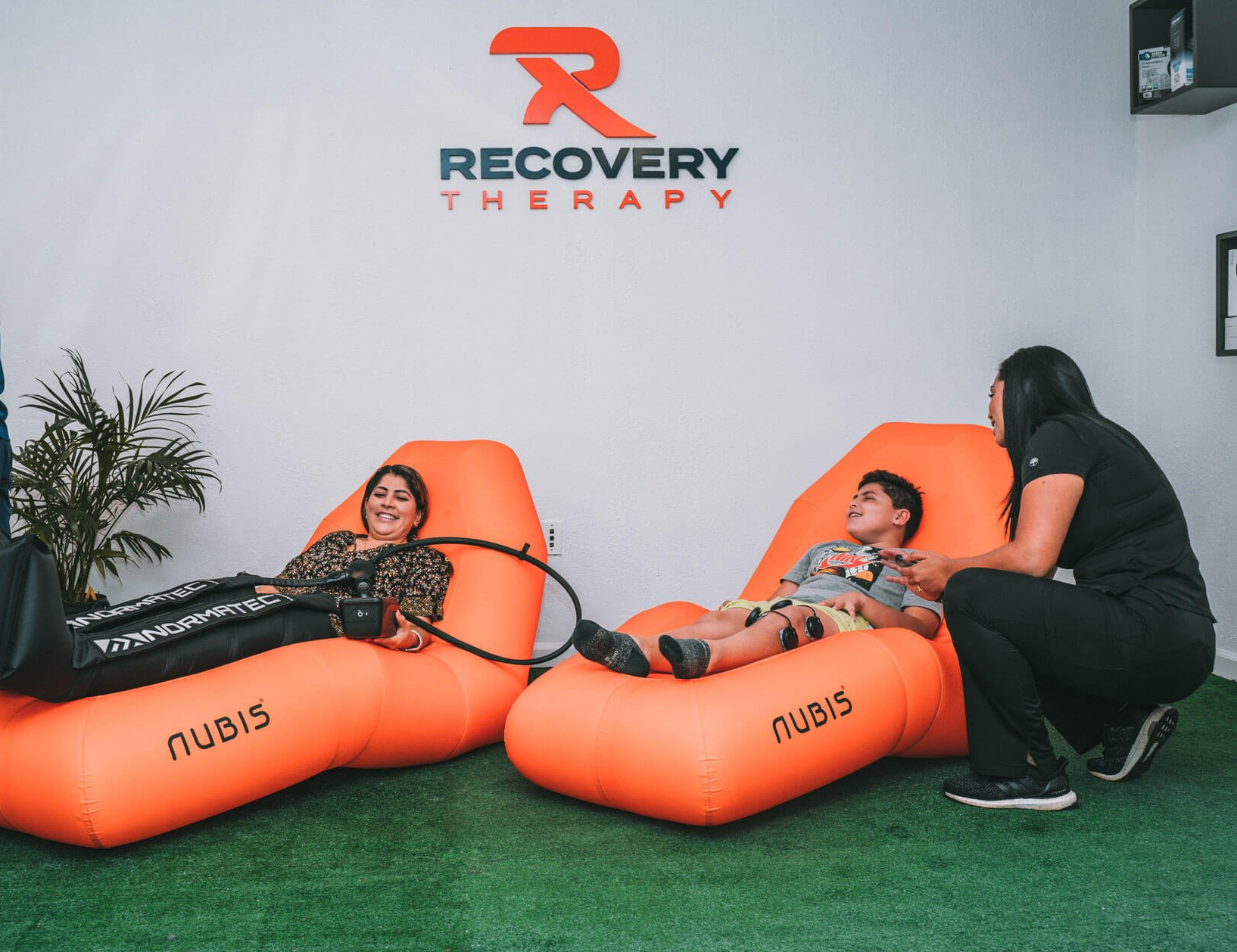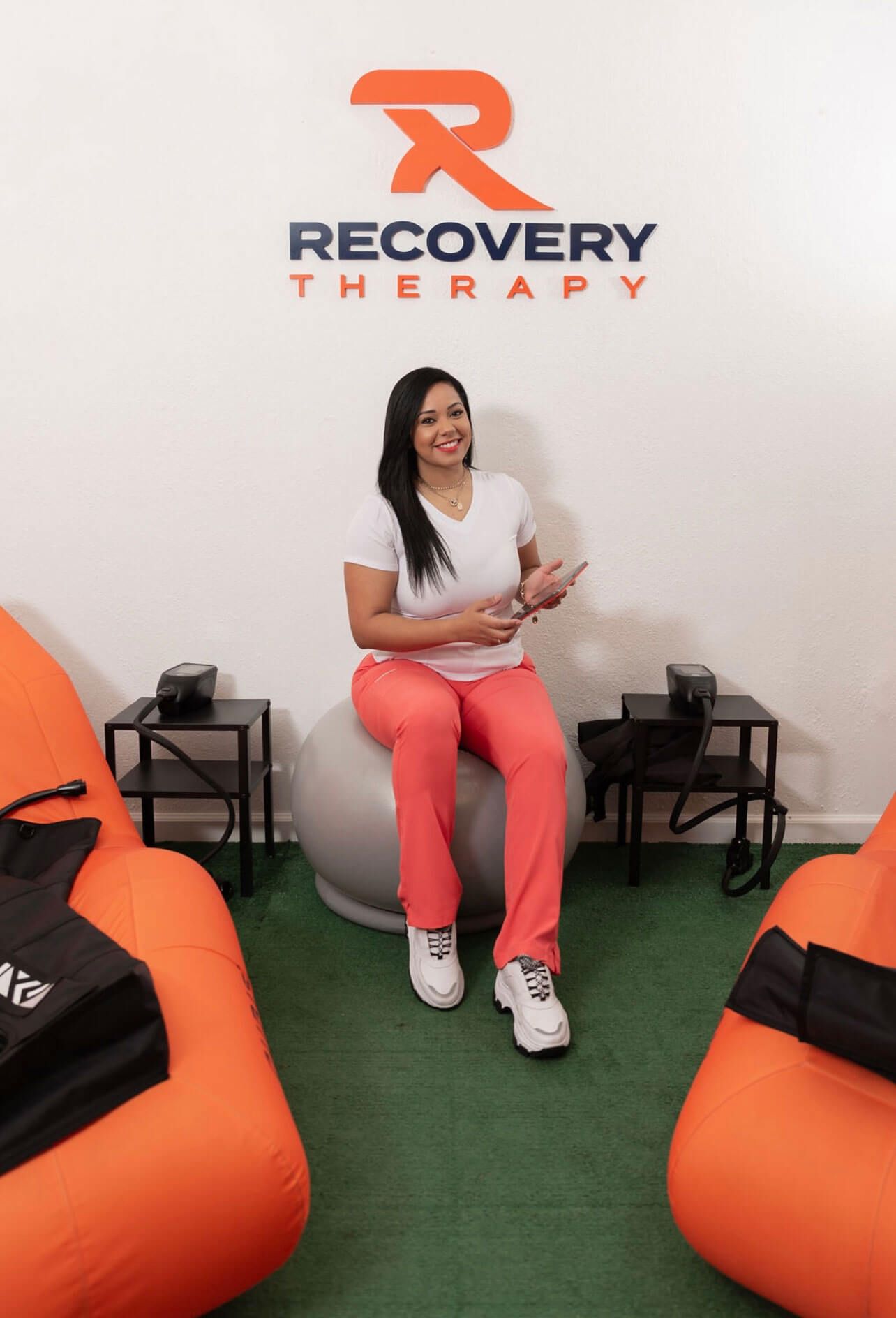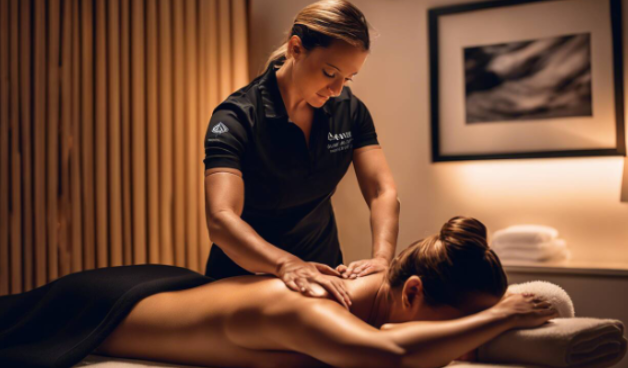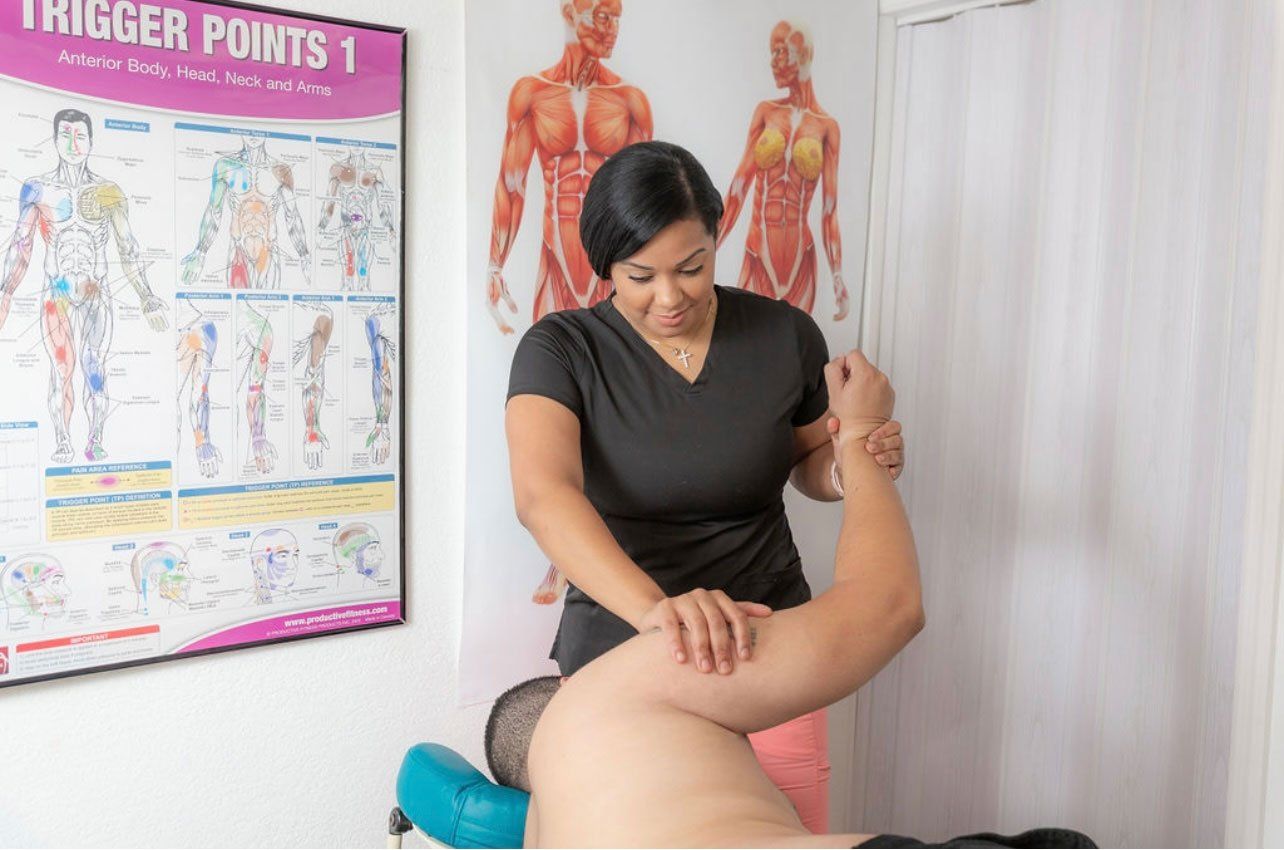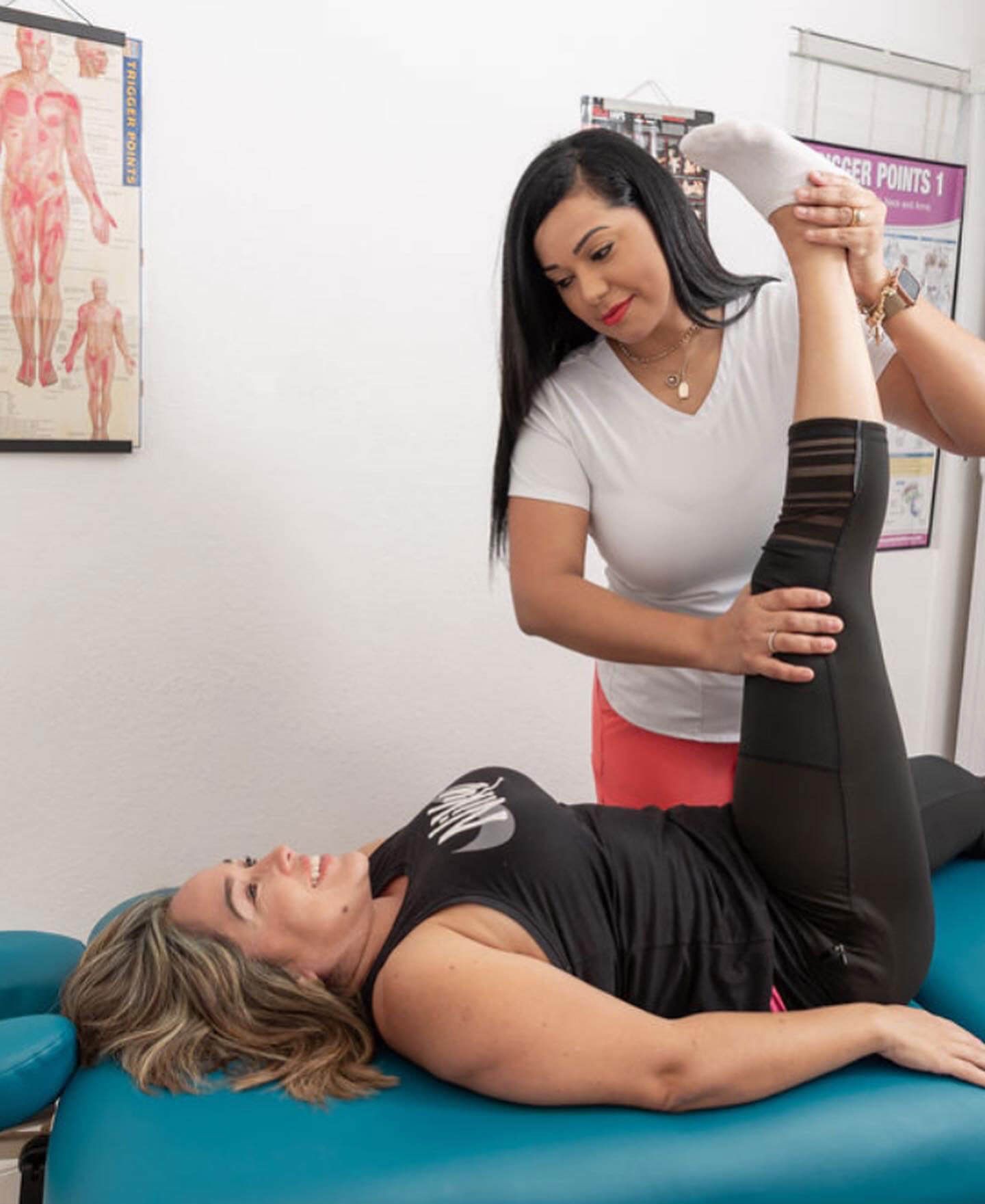Sports Massage Therapy: Benefits, Techniques, and When to Schedule an Appointment
Are you an athlete striving to enhance your performance and fast-track injury recovery? Or perhaps a fitness enthusiast willing to maximize your body's potential and ensure holistic health? If the answer is a resounding yes, then sports massage therapy might just be what you need. Join us as we explore the benefits of this specialized bodywork, delve into its varied techniques, and guide you on exactly when to schedule an appointment. Unleash your sports prowess while ensuring overall well-being through the power of touch!
Sports massage therapy is a specialized massage technique that targets muscles used in specific sports or physical activities to improve recovery, range of motion, flexibility, and support safe movement. It is beneficial for elite athletes, amateurs, and anyone who regularly exercises. You should consider having sports massage therapy if you experience muscle pain, stiffness, or limited mobility, or want to enhance your performance and prevent injuries. It's best to consult with a credentialed sports massage therapist who can assess your needs and provide personalized recommendations for your specific situation.
Fundamentals of Sports Massage
Sports massage is a specialized form of massage therapy designed to address the unique needs of athletes and individuals engaged in physical activities. Unlike traditional massages that primarily focus on relaxation, sports massage aims to enhance athletic performance, prevent injuries, and aid in recovery. It involves targeted techniques and approaches that cater to specific muscles and areas of the body commonly used in sports and exercise. By understanding the fundamentals of sports massage, athletes can take full advantage of its benefits.
One of the key principles behind sports massage is its ability to increase blood circulation and promote better oxygen flow to the muscles. This helps alleviate muscle soreness, reduce tension, and enhance flexibility. Additionally, sports massage can improve joint range of motion by targeting soft tissues surrounding the joints.
Let's say you're a runner experiencing tightness in your quadriceps after a marathon. A sports massage therapist would apply techniques like compression and friction to specifically target those muscles, breaking down any adhesions or knots that may have formed during the race. The therapist may also incorporate stretching techniques to improve flexibility and restore optimal muscle function.
Now that we've covered the fundamentals of sports massage, let's explore some common techniques used in this therapeutic practice.
- Sports massage is a specialized form of massage therapy that focuses on improving athletic performance, preventing injuries, and aiding in recovery. It targets specific muscles and areas of the body used in sports and exercise. By increasing blood circulation and promoting better oxygen flow, sports massage can alleviate muscle soreness, reduce tension, enhance flexibility, and improve joint range of motion. Common techniques used in sports massage include compression, friction, and stretching.
Common Techniques Used
The field of sports massage encompasses various techniques tailored to meet the unique needs of athletes and individuals involved in physical activities. These techniques are strategically applied based on the client's specific goals, preferences, and areas of concern.
Some common techniques used in sports massage include:
- Effleurage: Long gliding strokes performed with light or medium pressure to warm up the muscles and prepare them for deeper work.
- Petrissage: Kneading movements that involve squeezing, rolling, or pressing muscles to relieve tension and promote relaxation.
- Compression: Firm pressure applied directly onto muscles to increase blood flow, enhance lymphatic drainage, and reduce muscle tightness.
- Friction: Deep pressure and circular movements applied to specific areas to break down scar tissue, adhesions, or trigger points that may limit the range of motion.
- Tapotement: Rhythmic tapping or percussive movements used to invigorate muscles, increase circulation, and stimulate nerve endings.
- Vibration: Rapid shaking or trembling movements performed with the hands or fingers to release tension and promote relaxation.
For instance, if you're a tennis player struggling with tight shoulder muscles due to repetitive overhead strokes, a sports massage therapist might employ petrissage techniques combined with deep friction to alleviate muscle tension and improve mobility in that specific area.
In addition to these techniques, sports massage can also involve other specialized approaches such as:
- Gliding - Smooth and continuous strokes applied along the muscle fibers
- Stretching - Assisted stretching exercises targeting specific muscles
- Percussion - Quick striking or tapping motions to stimulate muscles
- Trigger Point Work - Focused pressure on "knots" or tight areas within muscles
By employing these techniques and approaches during a sports massage session, therapists can address the unique needs of athletes and help them achieve optimal performance.
Perks of Engaging in Sports Massage
Engaging in sports massage therapy offers an array of benefits that can greatly enhance athletic performance and overall well-being. Let's explore some of these perks and understand why this specialized form of massage is highly sought after by athletes and fitness enthusiasts.
Firstly, one of the key advantages of sports massage is its ability to improve circulation throughout the body. By stimulating blood flow, it promotes the delivery of vital nutrients and oxygen to muscles, consequently enhancing their performance during physical activity. This increased blood flow also aids in the removal of metabolic waste products such as lactic acid, reducing muscle soreness and minimizing the risk of injury.
Additionally, sports massage plays a crucial role in reducing muscle tension and increasing joint range of motion. The targeted techniques used in this form of therapy help alleviate muscle tightness, knots, and trigger points, allowing for greater mobility and flexibility. As a result, athletes can move more freely, execute their movements with precision, and maximize their athletic potential.
Moreover, sports massage contributes to the overall well-being of individuals engaged in physical activities. The deep relaxation induced by the therapy helps reduce stress levels, alleviate anxiety, and promote better sleep. This not only enhances mental clarity but also improves mood and fosters a positive mindset, which is instrumental in achieving optimal athletic performance.
For instance, imagine a professional athlete who regularly undergoes intense training sessions leading up to a major competition. The accumulated physical stress from training can often result in muscle fatigue and decreased performance. However, incorporating sports massage into their routine can provide much-needed relief, allowing them to perform at their best when it matters most.
Enhanced Athletic Skills
One of the notable benefits of engaging in sports massage therapy is the enhancement it brings to athletic skills. Through specific techniques targeted at muscle groups used in a particular sport, sports massage works to decrease muscle pain, improve recovery, range of motion, and flexibility, and support safe and effective movement during physical activities.
By focusing on key muscles and areas associated with performance in a specific sport, sports massage helps optimize their functionality. This can result in improved athletic skills such as increased power, speed, agility, and accuracy in movements essential to excel in the chosen sport.
Additionally, sports massage aids in preventing injuries and optimizing recovery time between workouts. The techniques employed during the massage session assist in reducing muscle tension, spasms, and knots that can often lead to strains or tears if left unattended. This proactive approach to injury prevention not only ensures athletes can maintain their training schedule but also minimizes the risk of long-term setbacks.
Furthermore, sports massage has been shown to enhance proprioception - the body's ability to sense its position and movements. By improving neuromuscular communication and body awareness through tactile stimulation during the massage session, athletes can better fine-tune their coordination, balance, and overall motor skills required for precise athletic performance.
Overall, engaging in regular sports massage therapy presents an opportunity for athletes at all levels to enhance their athletic skills. By addressing specific muscle groups used in their respective sport and promoting injury prevention and recovery optimization, athletes can experience improved power, speed, agility, accuracy, proprioception, and overall athletic performance.
Boosted Recuperation Process
Sports massage therapy plays a vital role in enhancing the recuperation process for athletes and individuals engaged in regular exercise. Through its focused and systematic techniques, sports massage targets specific muscles used in a particular sport or activity to decrease muscle pain, improve recovery, range of motion, and flexibility, and support safe and effective movement.
By applying various techniques such as effleurage, petrissage, compression, friction, tapotement, vibration, gliding, stretching, percussion, and trigger points, sports massage helps increase joint range of motion (ROM) and flexibility while decreasing muscle tension and spasms. This results in improved recovery from workouts or training sessions and an overall sense of well-being.
While research evidence is limited on the direct effects of sports massage on increased blood flow and elimination of exercise waste products like lactic acid, some studies suggest modest benefits in reducing delayed onset muscle soreness (DOMS) when combined with cold water immersion after exercise. Nonetheless, the positive impact of sports massage on mood improvement decreased anxiety, and decreased recovery time between workouts cannot be overlooked.
It's important to note that individual experiences may vary. Some individuals may feel tenderness or stiffness for one to two days after a therapy session. Additionally, potential skin reactions to massage oils used are also possible side effects. However, overall, sports massage therapy offers a variety of benefits that aid in the recuperation process.
- A study published in the Journal of Strength & Conditioning Research found that sports massage can increase the range of motion by up to 30% in some individuals.
- According to a systematic review published in the BMJ Open Sport & Exercise Medicine, sports massage could improve recovery and performance, but more comprehensive studies are required to solidify these findings.
- A 2019 research revealed that sports massages combined with cold water immersion were significantly more effective in reducing blood lactic acid levels compared to sports massages alone.
Ideal Scheduling for Sports Massage
Determining the ideal schedule for sports massage largely depends on an individual's goals and needs. For professional athletes preparing for competitive events or individuals engaged in intense training regimens, incorporating regular sports massages into their routine can be highly beneficial.
An optimal timing for sports massage is usually 48-72 hours before an important event or competition to maximize its effects on performance and recovery. This allows the body to fully benefit from the increased joint range of motion, flexibility, decreased muscle tension, and overall sense of well-being that sports massage provides.
It's important to keep in mind that sports massage is not a one-time fix. Instead, it should be seen as a part of an ongoing maintenance plan to support optimal physical performance and prevent injuries. Regular sessions leading up to and during periods of intense training or competition can help athletes achieve their peak potential.
On the other hand, recreational athletes or individuals who engage in regular exercise may opt for less frequent sports massage appointments, perhaps once every few weeks or on an as-needed basis. These individuals can work with their massage therapists to develop a schedule that aligns with their specific goals and lifestyle.
Ultimately, finding the ideal schedule for sports massage involves careful consideration of an individual's training regimen, recovery needs, and personal preferences. Working closely with a certified sports massage therapist can aid in tailoring a schedule that best suits each individual's unique circumstances.
Finding a Certified Therapist
Finding a certified sports massage therapist is crucial to ensure that you receive safe and effective treatment. With numerous therapists claiming expertise in sports massage, it can be challenging to determine who is truly qualified. However, there are resources available to help you find the right therapist for your needs.
One reliable way to find a certified sports massage therapist is by utilizing databases like the National Certification Board for Therapeutic Massage & Bodywork (NCBTMB) or the American Massage Therapy Association (AMTA). These organizations maintain directories of certified therapists in various specialties, including sports massage. By using these databases, you can easily search for therapists in your area who have met the required qualifications and certifications.
When searching for a certified sports massage therapist, it's essential to consider their credentials and experience. Look for therapists who have undergone specialized training in sports massage techniques and have received appropriate certifications. Additionally, consider their years of experience working with athletes or individuals involved in physical activities similar to yours.
Apart from certifications and experience, it's also important to find a therapist who aligns with your personal preferences and goals. Every therapist has a unique style and approach. Some may have a more gentle touch, while others prefer deeper pressure techniques. It's crucial to communicate your specific needs and goals with potential therapists before scheduling an appointment. This ensures that you find someone who can provide the type of sports massage that suits you best.
For example, if you're an athlete seeking relief from muscle soreness after intense training sessions, you may prefer a therapist experienced in deep tissue techniques. On the other hand, if you're recovering from an injury and require gentle relaxation techniques combined with targeted stretches, finding a therapist with expertise in those areas would be beneficial.
Additionally, don't hesitate to ask for recommendations from friends, family members, or fellow athletes who have had positive experiences with sports massage therapy. Personal referrals can offer valuable insights and help guide your decision-making process.
Remember, finding a certified sports massage therapist is an investment in your well-being and performance. Take the time to research and find a therapist who possesses the necessary qualifications, and experience, and understands your specific needs. By doing so, you can ensure that you receive quality care tailored to your athletic goals and requirements.
How Can We Help?
Recovery Therapy Orlando offers sports massage therapy in Orlando, Florida.
Reach out to us and let our experts provide you with the relief you need. Contact us, we would love to hear from you!



